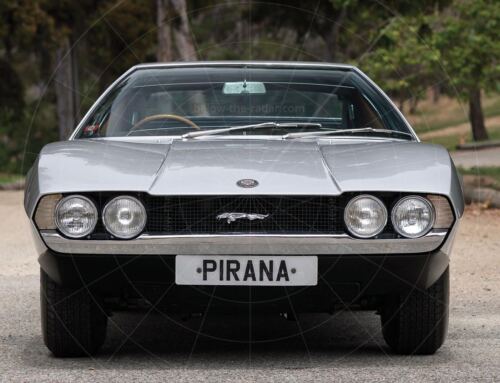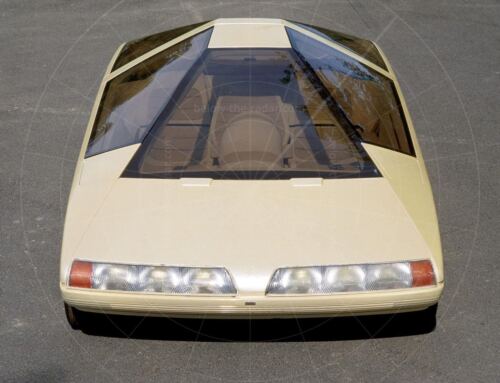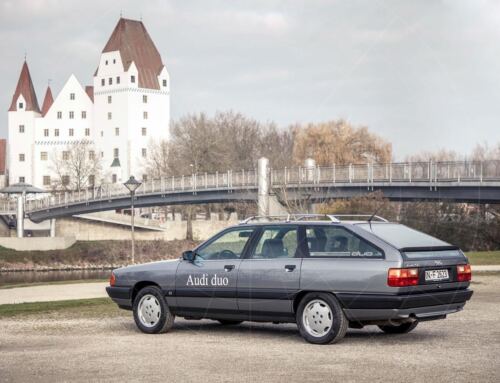When the Vision A93 was first seen at the 1993 Frankfurt motor show, everybody knew just how significant it was. This was the car that was going to take Mercedes into market areas that it had never even thought about before, with the launch of the A-Class. Mercedes was used to selling premium large cars – saloons, coupés, convertibles and estates – but not small hatchbacks. This was the car with which Mercedes was going to steal mass-market sales from the likes of Volkswagen.
The Vision A93 was also important because it was being touted as the most innovative small car since the original Issigonis-designed Mini of 1959. That car had maximised passenger space by giving up just 20% of its overall volume to the mechanicals. The Vision A93 attempted to achieve something similar while also offering far better levels of safety, comfort and refinement. This was achieved by the use of a novel split-level floorpan, which strengthened the car’s shell while also offering crash safety. In an impact the side-mounted engine and transmission would slide under the high-level floor to prevent it coming into contact with the occupants.
Three versions of the Vision A93 were built at concept stage: a diesel, a petrol and an electrically powered example. It was this electric car which the world’s media drove when reporting on the Vision A93, and although it suffered from the usual electric car problem of a lack of range, Mercedes had managed to introduce a type of battery that was four times more efficient than conventional lead-acid batteries. They would last up to 95 miles on a charge and the battery pack would last 60,000 miles before having to be replaced – but they were still very heavy and accounted for nearly a third of the car’s weight.
Although the electric car never made it into production (and was always unlikely to), the turbodiesel and petrol cars were quite close to what customers would actually be able to buy. Alongside the 75bhp petrol there was a 60bhp diesel, both with three cylinders. By the time the production car was launched each powerplant had gained a cylinder, but it was the rest of the car that was intriguing anyway.
The double-floorpan meant the seating position was rather higher than normal, something that meant visibility was much improved over normal production cars. It also meant the centre of gravity was higher, and it was this that led to problems with early cars falling over. A Swedish magazine had tried to swerve sharply in an A-Class and the car ended up on its roof; something which was a marketing disaster for a new car that was supposed to sell in huge numbers and that was made by a company renowned for the safety of its cars.
The aim of the Vision A93 was to take up as little road space as possible while also offering more interior space than a conventional four-door saloon. Although the A-Class was just 3.3m long (shorter than a Fiat Panda), it had more cabin room than a Mercedes C-Class, a car which was over a metre longer. It also had huge amounts of head room and thanks to innovative and flexible seating, it was possible to adjust everything to fit in any combination of people and luggage.
On the outside of the Vision A93 everything was colour-coded, with large headlamps and a stylised grille that made the car look very smooth, if rather bland. Lots of glass gave the cabin an airy feel and also ensured great visibility for everyone. But something which wouldn’t make production was the window arrangement; the over-large glass area meant the windows would have been too large to open. The answer was to have smaller windows within the main glass area which could open. Not only did this complicate things unnecessarily, but it also gave the car a distinctly odd appearance.
| Vital statistics | |
|---|---|
| Debut | Frankfurt 1993 |
| Engine | Front-mounted, 550v A/C electric motor |
| Transmission | Auto, front-wheel drive |
| Power | 54bhp |
| Top speed | 75mph |




Add to the story
You must be logged in to post a comment.